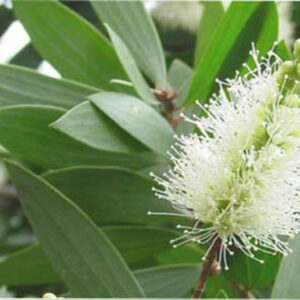Description
Artemisia herba-alba, a plant found in North Africa and the Middle East, thrives in natural habitats and is commonly harvested from uncultivated regions, often in nitrogen-rich soils such as those found along roadsides. People frequently turn to Artemisia herba-alba for various ailments, including coughs, gastrointestinal issues, and relief from the common cold.
Additionally, research indicates that it may aid in lowering blood sugar levels, potentially benefiting individuals with diabetes. Furthermore, it is widely utilized for combating parasitic infections caused by roundworms, pinworms, tapeworms, hookworms, and flukes.
Medicinal use: Derived from the Artemisia plant, has been traditionally used for its medicinal properties. It is known for its antimicrobial and anti-inflammatory effects, making it beneficial for treating skin infections, wounds, and inflammatory conditions. Additionally, it is believed to have digestive, respiratory, and menstrual health benefits. Consult a healthcare professional before use.
Cosmetic use: It is used to promote a clear and balanced complexion, reduce the appearance of blemishes and acne, and soothe irritated skin. It’s antioxidant and anti-inflammatory properties make it a valuable ingredient in skin care products for improving overall skin health.
Aromatherapy use: Cherished for its aromatic and therapeutic properties. It is used to promote relaxation, relieve stress, and create a calming atmosphere. Its herbal and woody scent is often incorporated into diffuser blends or diluted in carrier oils for massage to enhance overall well-being and mental clarity.
Interesting fact – It has a rich historical and cultural significance. The plant Artemisia has been used in various cultures for centuries, with its oil being associated with mystical and spiritual practices. It has been used in traditional rituals, aromatherapy, and even as a flavoring agent in beverages like absinthe.






